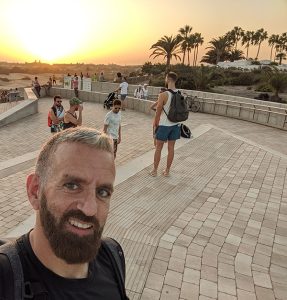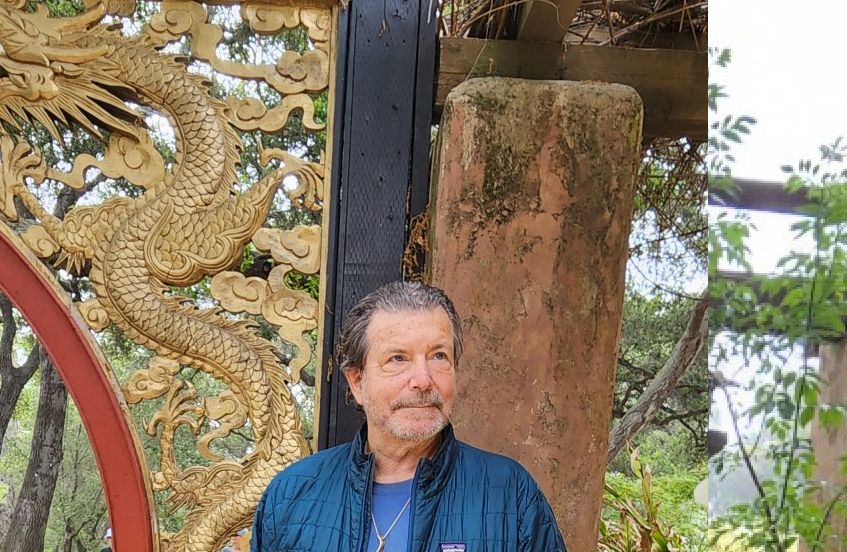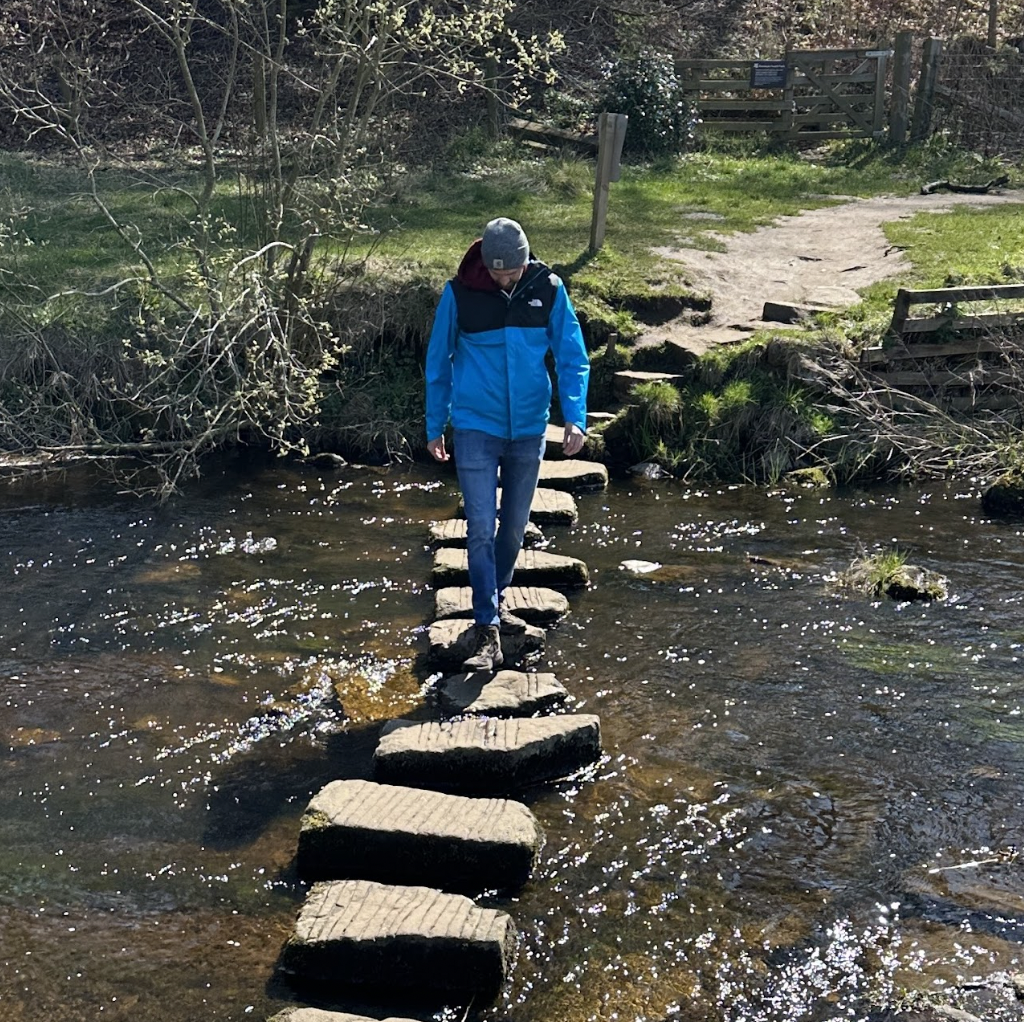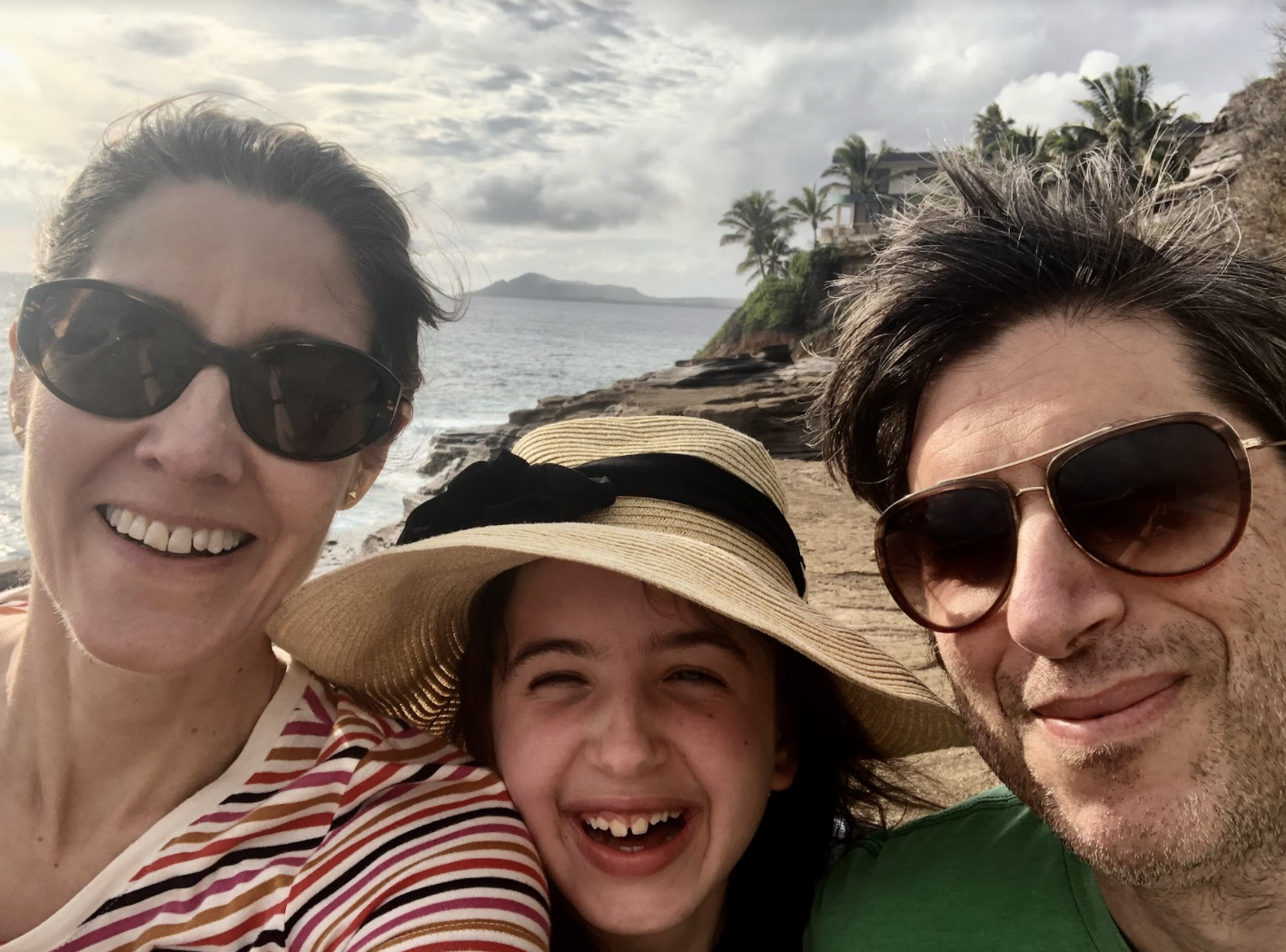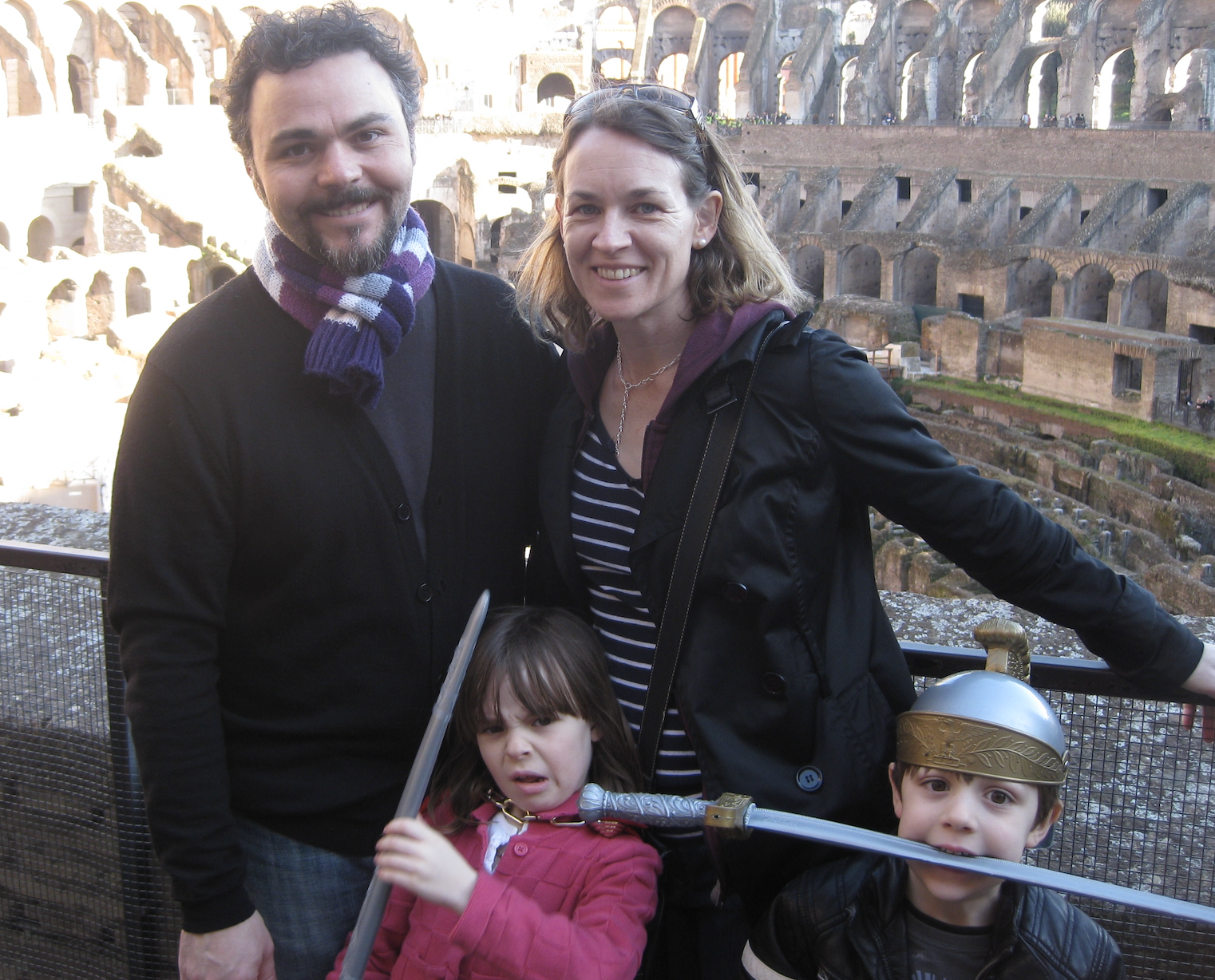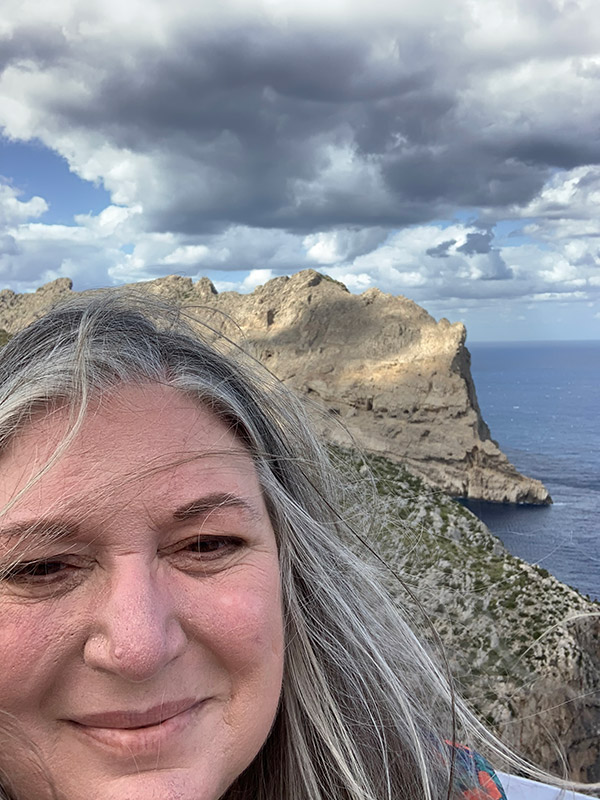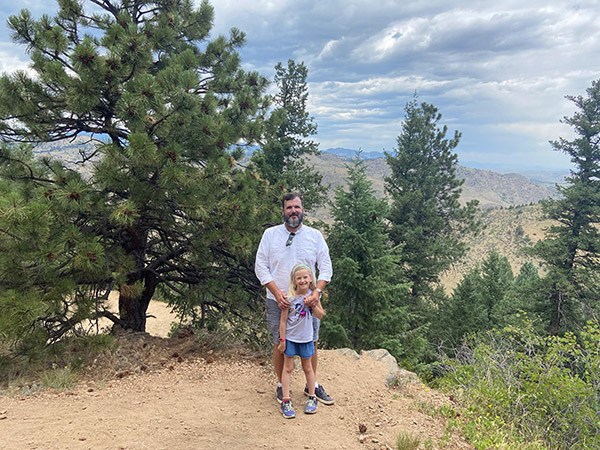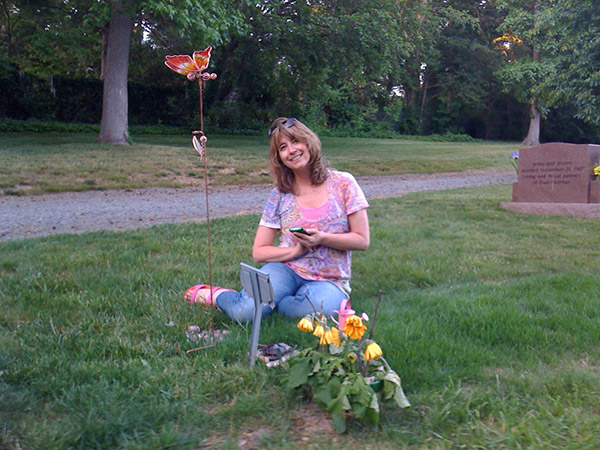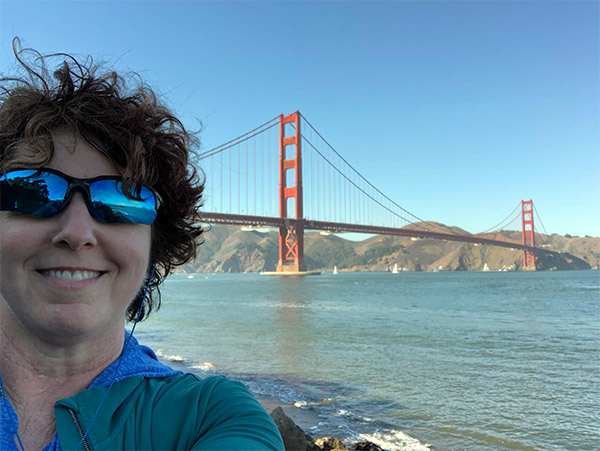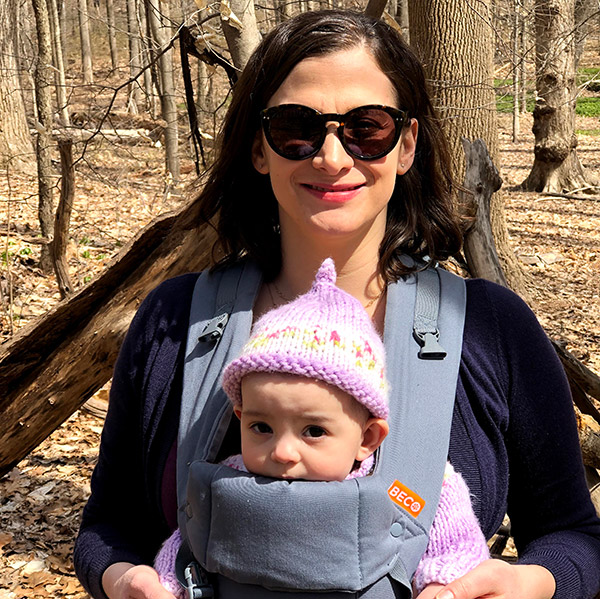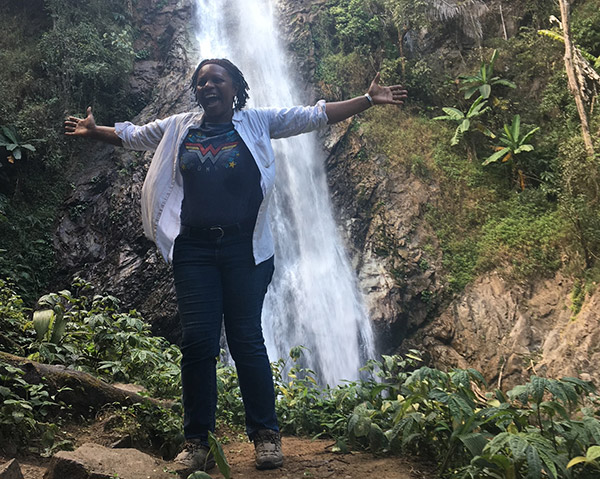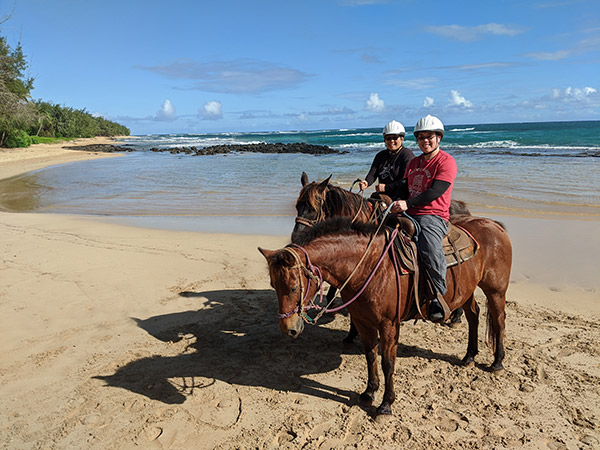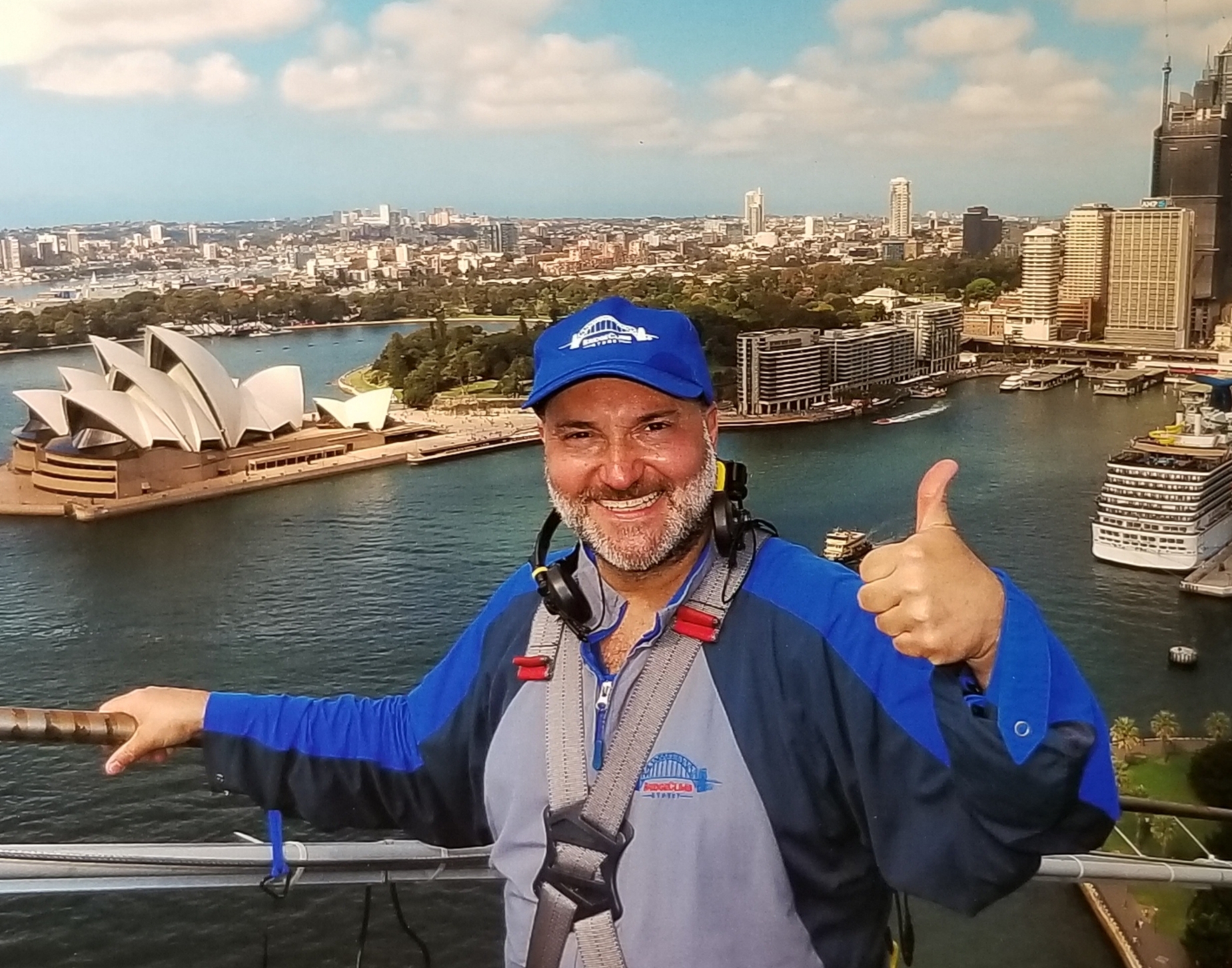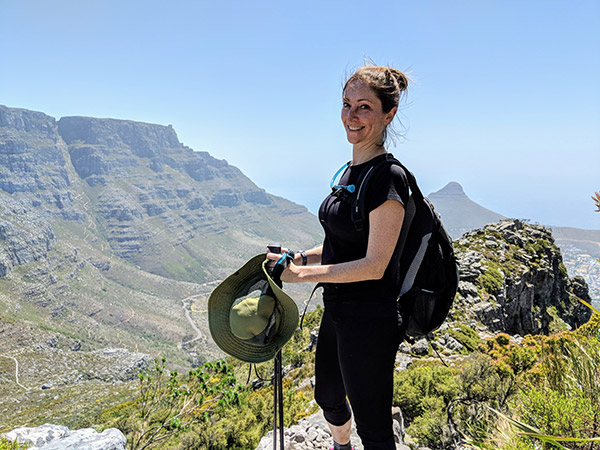Voice and Tone
Start work with an agency or copywriter, and you’ll soon be asked about your organization’s “voice and tone.”
What language do you speak?
By that, we mean the language we’ll use in creating your website, case study or blogpost. Every client should have a distinctive voice and tone, as identifiable in its own way as your best friend’s voice. You know it when you hear it.
Yes, the written word has a “voice”—just not a spoken one. It’s important to mention this fact. Years ago, I informed a client who had operations in the US, UK and India that we planned to employ a “mid-Atlantic voice” for a set of new marketing brochures. He took that literally, and thought we intended to hire a voiceover professional with a vaguely British accent to record the text. (I still wonder how much we might have charged him for that.)
Who are you speaking to?
It’s useful to visualize your client and the customers or audience you’re writing for when developing a voice. Is your project meant for urban millennials, developers and programmers, traditional manufacturers or C-suite executives? Are they wearing jeans, hardhats or $2,000 suits? What buzzwords or phrases do they commonly use? (You don’t necessarily have to use these buzzwords, but you do have to know them and understand their meaning.) And, just as important, what words or phrases should you not use in communicating with them?
Wordsmithie has written for many Google teams. Google has a friendly, casual, non-traditional voice and tone. When referring to the company, for example, we write they, not it. And unlike many tech companies, they have customers, not users. Their language matches their culture. Copywriters must make the text Googley— which, for some, takes a bit of learning. (Some never quite master it, and move over to other clients.)
How you communicate
Even for a client with a very recognizable voice, language can vary. We wouldn’t write a marketing piece meant for small business owners the same way we’d compose a blogpost directed toward software developers, for instance. We’d use a softer, more customer-focused approach for the first, and a harder, technology-laden approach for the second. But you’d know nonetheless that both pieces came from the same company.
It sounds so simple. It’s not—which is why you need experienced copywriters.
























